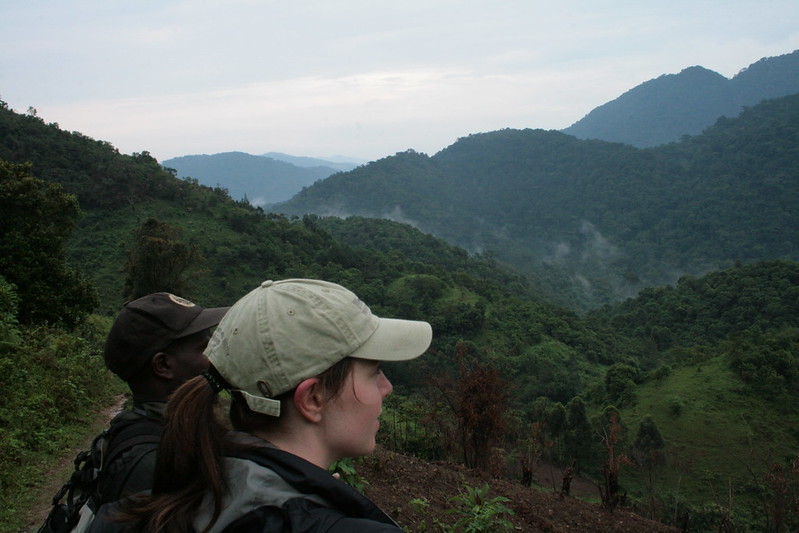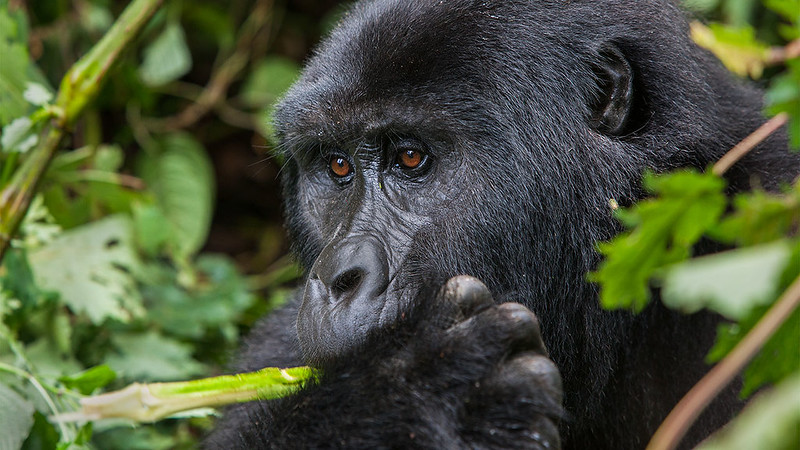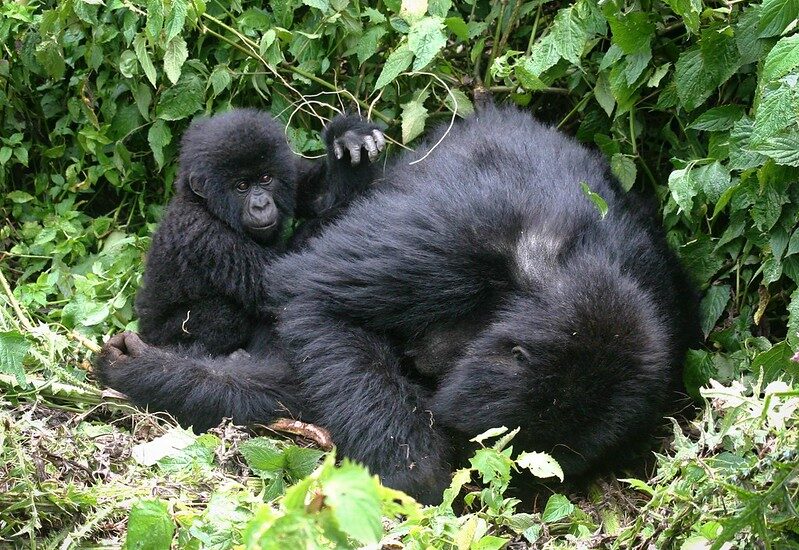Gorilla tracking permits for Nkuringo sector – Bwindi impenetrable National Park. You are currently sleeping…
KASUBI TOMBS a UNESCO World Heritage Site.
The Kasubi tombs, which were erected in 1882 as a palace for Kabaka Muteesa 1, are a UNESCO World Heritage Site. After completion, the monarch died two years later and was buried at this location.
This location became a burial spot for Buganda’s rulers and royal family members. There are four monarchs (Kabakas) buried there. It represents Uganda’s and East Africa’s history and culture.
For the Baganda, this is an extremely important sacred location. This location is used for traditional and cultural rituals.
In other words, it is the most active spiritual site in Buganda since it is where the kingdom’s important rites are performed on a regular basis. It’s a fascinating historical site to see when on a Kampala city tour or a Uganda Gorilla trekking safari.
The primary structure of these grass thatched tombs was destroyed by fire in March 2010. The cause of the fire was never determined. It was included as one of the endangered World Heritage Sites. It has since been rebuilt and is still popular with tourists. The tombs were reconstructed with natural materials.
Kasubi tombs cover around 27 hectares on Kasubi hill in Kampala. It is around 6 kilometers from the city center to the gate that allows you to enter. The Buganda Kingdom was established in the 13th century. The Kasubi tombs are one of Buganda Kingdom’s 31 royal tombs. The Buganda kingdom is another of Uganda’s many civilizations that have kept its traditional values and rituals.
The body of the Kabaka is to be buried in a certain location, according to Buganda tradition. The jawbones were then buried in a separate shrine, with the belief that the jawbones contained the deceased’s soul.
The remains of the following Kabakas can be found in Kasubi tombs:
- Sir Edward Muteesa, 11th of November, 1929-1969
- Daudi Chwa 11 from 1896 to 1939
- Mwanga 11 (1860-1903)
- Muteesa reigned from 1835 until 1884.
The main structure, called as “Muzibu Azaala Mpanga,” is round and capped by a dome. This demonstrates architectural accomplishment after employing natural resources such as spear grass, reeds, wooden poles, and wattle. This is a lovely location that has drawn many visitors not only to learn about Baganda’s history and culture, but also to admire the architecturally exquisite tombs. Furthermore, the tombs are symbols of African culture, demonstrating that tradition still survives.
The descendants of the four kings will be buried at the same location. In 1882, a ceremonial site was constructed atop Kasubi hill near Ssekabaka’s graves. The ceremonial location is near the Bujjabukula gatehouse, northwest of Kasubi tombs. Which you walk through to go to a court yard and the Ndoga Obukaba drum house. This is where the kingdom’s royal drums are stored.
Traditional bark cloth trees define the borders of Kasubi graves. This has maintained the area free of urban expansion and land encroachment.
The tombs are kept in good condition and refurbished by utilizing grass for the roofing.
Which is supported by structural rings of palm fronds, the materials inside and finishing elements such as wooden poles, reeds, and wattle have all been preserved.
Kasubi tombs are placed in the main building’s woodland. Kibira is the name of the forest, which is surrounded with bark cloth. When you enter this tomb, you will leave your shoes outside and sit on the floor mats.
The wives’ and widows’ dwellings are among the other buildings at Kasubi tombs. The widows are in charge of looking after the kings’ graves.
When you visit this area, you will witness houses that have been constructed with matals and bricks.
These are the residences of members of the royal family, including the spiritual guardian Nalinya and the administrative helper Katikiro.
The Kasubi tombs are controlled by the Buganda Kingdom and are protected by several tourism policies. It has a GMP certification (2009-2015).
Visiting Kasubi graves is one method to learn about African traditions, and you might consider visiting this site after your Uganda safari to distant locations and national parks, shortly before returning home.


